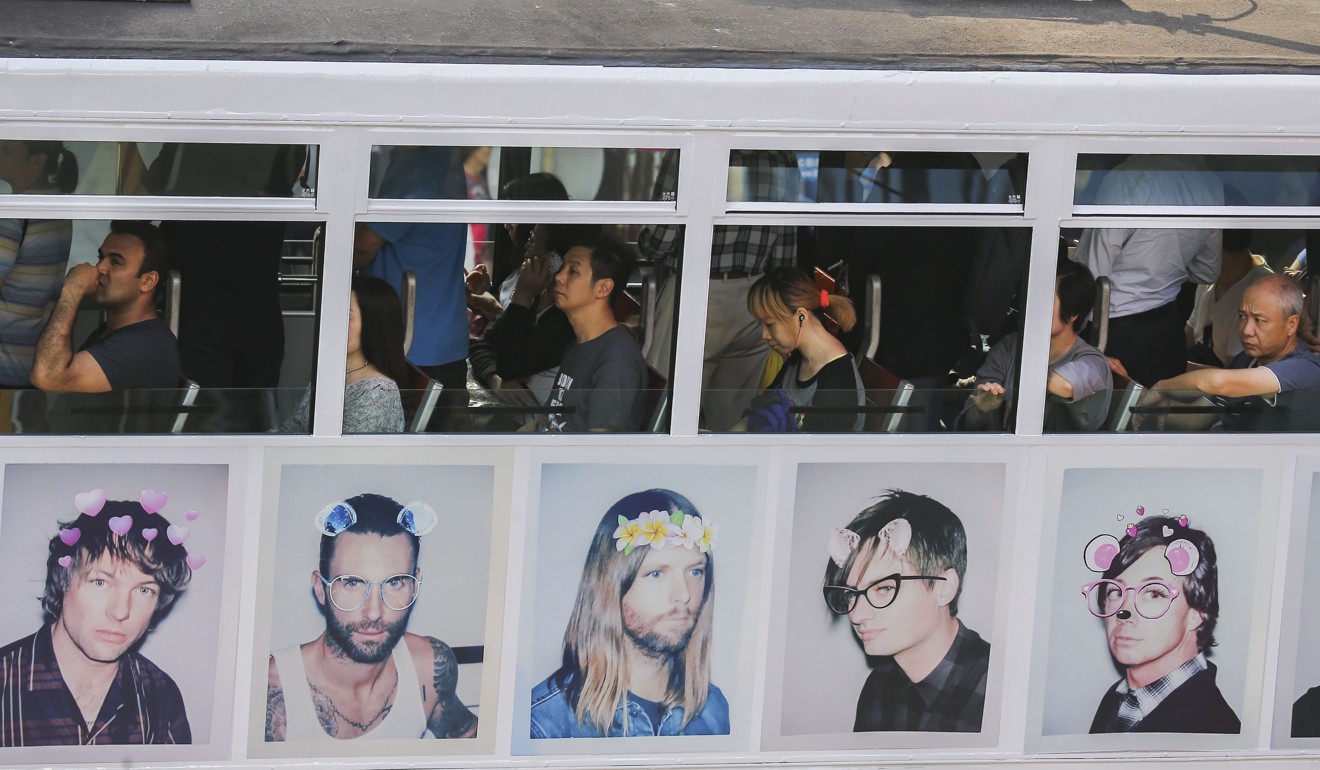
Hong Kong tram riders will pay up to 13 per cent more as fare rises get green light from government
Since last adjustment in June 2011, Hong Kong Tramways has been suffering a decline in ridership with fare revenue dropping
Fares on Hong Kong’s trams are to rise by up to 13 per cent – the first increase in seven years – as the company struggles with falling passenger numbers and declining revenue.
The city’s leader, Carrie Lam Cheng Yuet-ngor, and her cabinet, the Executive Council, gave the increase proposed by Hong Kong Tramways the green light on Tuesday, with the revised fares taking effect from July 2.
Adult fares will rise from HK$2.30 to HK$2.60 (33 US cents) while those for children and senior citizens will see an increase of 10 HK cents, to HK$1.30 and HK$1.20 respectively.

The price for a four-day tourist pass will remain at HK$34 while the monthly ticket for the trams, which run along Hong Kong Island and are affectionately known as “ding dings”, will rise to HK$220 from HK$200.
The 114-year-old company submitted the fare increase application to the government in August last year.
Hong Kong trams on track for a smoother (and quieter) ride
Since its last fare adjustment in June 2011, the French-owned company has been suffering a decline in passenger numbers with fare revenue dropping, according to a government statement.
The firm’s profit after tax has been falling since 2014. Profit in 2017 was HK$22.9 million compared with HK$37.6 million the previous year, with respective profit margins of 9 per cent and 14 per cent.
The government said Hong Kong Tramways planned to invest about HK$110 million on a series of improvements over the next few years, and its estimated profit margin would drop to below 2.6 per cent from 2018 onwards without the fare increase.
“The government considered it necessary to increase tram fares, and the increase proposed by HKT is acceptable,” a government spokesman said.
Then and now: following the old tramway on Hong Kong Island
The government added the 12.6 per cent weighted average fare increase was lower than the changes in the city’s overall price adjustment of consumer products and the median monthly household income, which had jumped 21.5 and 39.3 per cent respectively.
Hong Kong Tramways welcomed the government’s decision and said it was “crucial for the operational viability of tram services and for sustaining Tramways’ service improvement and renewal programmes”.
He also revealed that rider numbers had stabilised to about 185,000 per day after a continuous drop over five years.
Ip Kwok-him, a member of the Executive Council, said: “Allowing the tramways to increase fares will trigger different views, such as whether it would stimulate consumer prices. But the tramways has not increased its fare since 2011 … judging from the business environment, it was reasonable to approve its application.”
Trams, together with the Star Ferry, are the most affordable transport in Hong Kong.
Democratic Party lawmaker Lam Cheuk-ting also said the rise was reasonable. He hoped the company would improve the tram service by providing free Wi-fi and air conditioning.
Additional reporting by Tony Cheung

